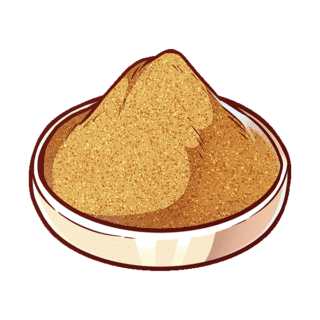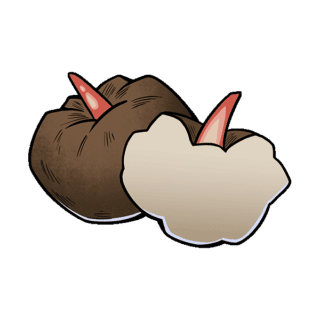Coriander
Of course, this statement somewhat comes with an asterisk: Botanically, they’re the same, although people often are referring to the leaf of the plant when they say cilantro, while coriander often refers to the seeds.
Whatever you call it, coriander features frequently not just in South and Southeast Asian cooking, but throughout a bunch of the world including the Americas, Central, Northern, and Eastern Europe, and the Mediterranean and Middle East, to which it’s native. It’s been used culinarily and for medicinal purposes for at least 3,500 years and likely longer.
A relative of fennel and caraway, many love the fresh aroma and taste of coriander and cilantro. Yet some have a genetic disposition that causes it to taste like soap for them. Obviously, we don’t blame those of you for perhaps not being the biggest fans.
The cilantro leaf is green while the coriander seed is a more earthy, yellow-brown color. Cilantro leaves are often used as a garnish to add a freshness to a dish. They have a brighter taste than the seed, which is earthier, nuttier, and has more spice.
Like all spices, coriander seeds’ flavor can be enhanced by roasting them in a pan briefly beforehand. From there, they’re often used either whole or ground. Many curry varieties include coriander as a flavoring agent.
And from a health standpoint, coriander carries many vitamins and minerals including certain antioxidants.
You can find cilantro leaves in Uwajimaya’s produce department, while our coriander seeds are available whole or pre-ground in our spice aisles.





